Thousands of recruits in Gov. Gavin Newsom’s newly minted COVID-19 tracing army are beginning virtual bootcamp to learn how to track and help isolate those possibly infected with the deadly virus.
Earlier this week, Newsom announced a landmark partnership with UC San Francisco and UCLA to mobilize 20,000 so-called “disease detectives” over the next two months as the state slowly begins to ease stay-at-home orders.
A centerpiece of the partnership includes the $8.7 million state-funded UCSF Pandemic Workforce Training Academy that began its first 20-hour online instructional session Wednesday.
Details about the UCLA component of the program were scant, and university officials said they are still working to determine when coursework will be offered.
“UCLA is excited to be involved in this critical training, which will have a positive impact on the safety and lives of all Californians,” spokesman Tod M. Tamberg said Wednesday. “The groundwork for this important task is underway, in consultation with various agencies.”
The academy will work with the state’s 58 county and three city health departments to train up to 3,000 individuals a week through early July. Program trainees will largely be redeployed state and county employees, according to Newsom. Other outside workers may be hired as needed.
Ideal candidates have strong computer, data entry, language, organizational, interviewing and interpersonal skills, said Karen White, a UCSF official and project manager for the academy. Basically, she said, they will be functioning as both detective and social worker.
“We want them to be able to have conversations (with contacts), not interrogations,” White said.
Contact tracing is a part of a multipronged approach to prevent further spread of coronavirus, according to the Centers for Disease Control and Prevention.
For those who test positive for coronavirus, tracers help them identify everyone with whom they have had close contact during the period of infection. Close contact, the CDC says, is generally defined as being within 6 feet of someone for at least 15 minutes.
Tracers then track those individuals and alert them of their potential exposure. To ensure patient privacy, the identity of the patient who may have exposed them is not revealed.
Contacts are given instruction to help them understand their risk as well as the steps they should take to isolate themselves from others and how to monitor themselves for illness, according to the CDC. Tracers typically check in with contacts to ensure they are self monitoring and don’t have COVID-19 symptoms.
The Pandemic Workforce Training Academy provides tracers instruction with videos followed by tests, live online sessions with instructors, and practice calls with actors playing the part of individuals who have come into contact with an infected person. They also conduct calls with real contacts while instructors listen in and offer critiques.
“We want to give them feedback to their calls so that they really get comfortable with it,” White said.
Additional instruction is provided in epidemiology, infectious disease containment, case investigation, health coaching, and maintaining confidentiality.
Multiple points to public health strategy
“Rapid and efficient contact tracing, along with sophisticated epidemic surveillance and widespread testing, are key parts of the public health strategy we must have in place before we can safely allow more businesses to reopen,” said Dr. George Rutherford, director of the Prevention and Public Health Group at UCSF and the chief investigator for the new tracing initiative.
“Done effectively, these strategies will help to break the chain of transmission and enable people to return to a more normal life.”
Contact tracing has been a keystone of preventative medicine and public health for decades. It was employed during the SARS outbreak in 2003 az well as the Ebola epidemic in 2014, and played a key role in defeating smallpox and polio.
However, coronavirus presents a unique, unprecedented challenge for tracing because the highly contagious disease has already infected so many people, White said.
Tracers are in short supply
The National Association of City and County Health Officials estimates 30 contract tracers are needed for every 100,000 Americans to adequately tackle the pandemic.
California, with a population of about 40 million and approximately 3,000 tracers, is far below the 12,000 needed.
That’s why California needs to deploy more tracers quickly as it eases toward some semblance of normalcy, Newsom said this week.
Health-care officials across Southern California couldn’t agree more.
“As our numbers grow, we obviously need to do more contact tracing,” Los Angeles County Health Department Director Barbara Ferrer said this week. “We are the largest county and have the most cases (in the state), so we’re welcoming the governor’s efforts and working closely with the state Department of Health.”
The department has requested 2,500 new tracers to augment about 1,000 already in place, she added. The agency utilizes two teams of tracers, one for those in institutional settings where nearly half of the more than 1,360 COVID-19 deaths in Los Angeles County have occurred and another team that follows up on positive cases involving other victims.
“We reach somewhere between 80% and 85% who are positive,” Ferrer said. “Some people (phoned by tracers) don’t take their calls at all but we are working to get better contact information from the labs.”
The Orange County Health Care Agency, with about 50 contact tracers, hasn’t determined how many more workers it will need through Newsom’s initiative.
“The need for the level of staff will vary depending on disease burden, or number of cases, so there is no firm number,” the agency said in a statement.
Riverside County plans to more than double its tracing staff from 70 to 200 to comply with Newsom’s directive and is identifying employees from various county departments for training, spokesman Jose Arballo Jr. said.
“We are moving as quickly as we can along with the governor’s desire to open up the state,” he added.
San Bernardino County Public Health officials did not respond to emails and phone calls regarding whether it will seek additional tracers.
Staff Writer David Rosenfeld contributed to this article.
© (c) 2020 The Whittier Daily News. All rights reserved. Reproduced with the permission of Media NewsGroup, Inc. by NewsBank, Inc.
—-
This content is published through a licensing agreement with Acquire Media using its NewsEdge technology.



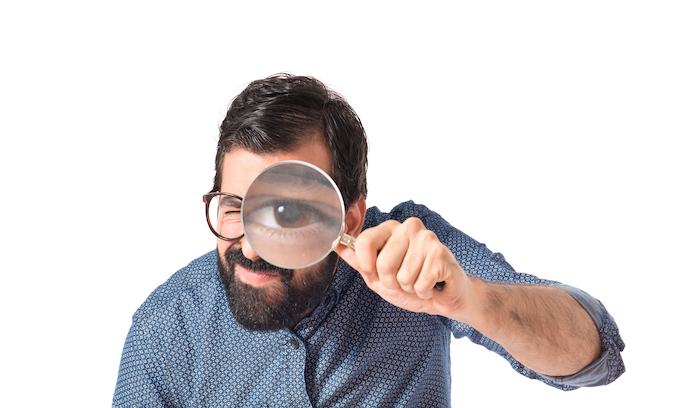
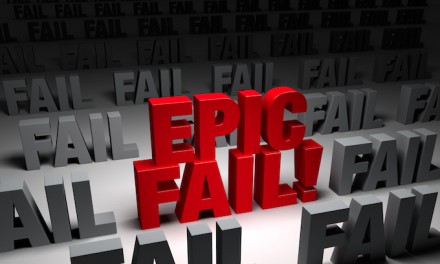
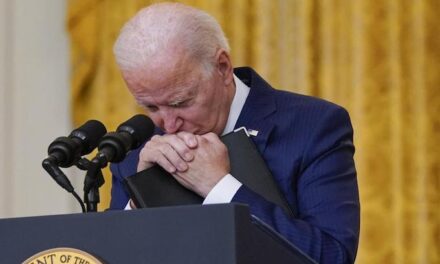

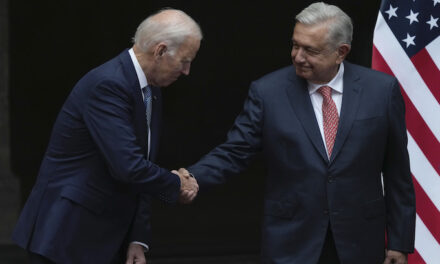







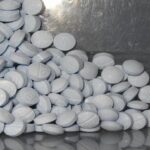
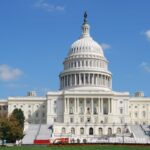


Recent Comments